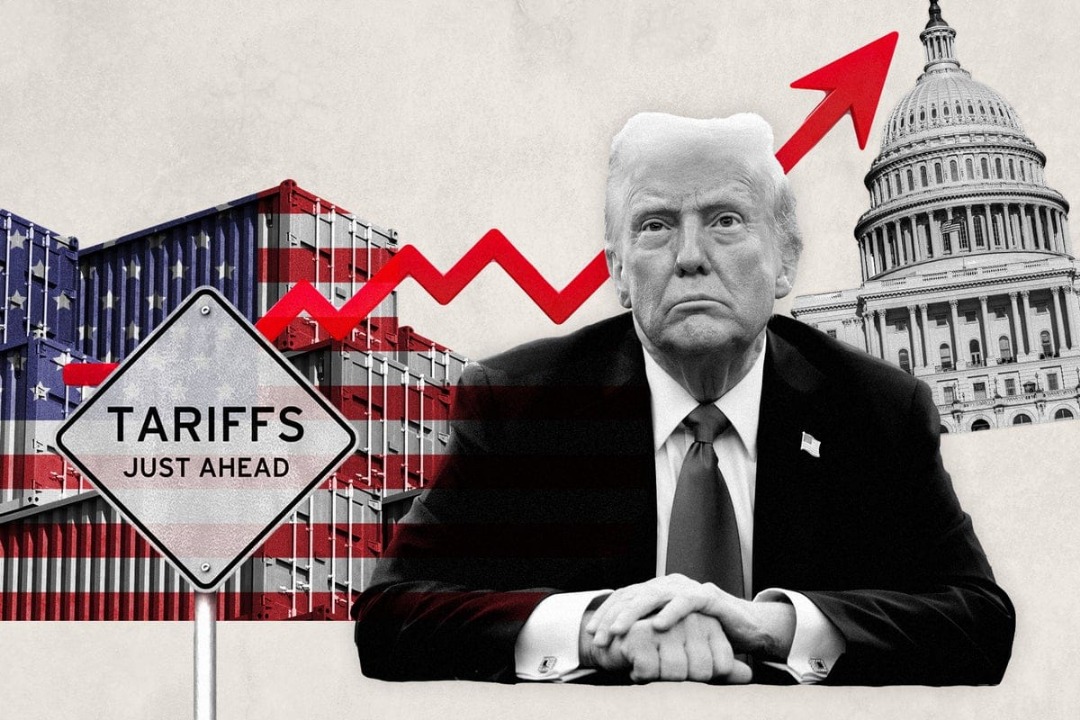President Donald Trump has wasted no time flexing his executive authority, rolling out a series of ambitious rules and policies that are already making waves across the United States and beyond. As of April 2, 2025, the Trump administration has been a whirlwind of activity, tackling everything from trade to voter laws with a signature blend of audacity and provocation. Here’s a rundown of the latest rules and what they mean for the country.
Tariffs Take Center Stage
On April 2, Trump announced a hefty 25% tariff on cars, set to take effect on April 3, during his “Make America Wealthy Again” event. This move builds on his long-
standing promise to bolster American manufacturing by taxing imports, a policy that echoes his first term’s trade wars. The tariff targets foreign automakers, aiming to incentivize domestic production and protect U.S. jobs. However, critics warn it could spike car prices for consumers and strain relations with key trading partners like Canada and the European Union, who are already bristling at the prospect of retaliatory measures.
Just days earlier, on March 29, Trump upped the ante with another tariff announcement: any country purchasing oil from Venezuela will face a 25% tariff on trade with the U.S. This rule is a clear shot at nations cozying up to the Maduro regime, aligning with Trump’s broader strategy to isolate adversarial governments. While it’s a geopolitical flex, economists are divided on its impact—
some see it as a savvy pressure tactic, while others predict it could disrupt global energy markets and hike fuel costs at home.
Election Overhaul Sparks Debate.
Perhaps the most contentious rule this week came on March 25, when Trump signed an executive order overhauling U.S. election laws. The order mandates documentary proof of citizenship for voter registration in federal elections, eliminates “postmarked by” deadlines (requiring ballots to be received by Election Day), and limits the use of electronic ballots. It also tasks the Department of Government Efficiency (DOGE)—a new Trump creation led by Elon Musk—with reviewing voter registration databases nationwide.
Supporters hail it as a long-overdue safeguard against voter fraud, a cornerstone of Trump’s rhetoric since 2020. But voting rights groups are gearing up for legal battles, arguing it disenfranchises millions—particularly those without easy access to citizenship documents—and violates constitutional norms. The revocation of a Biden-era order that turned federal agencies into voter outreach hubs has also drawn ire from Democrats, who see it as a partisan power grab.
Domestic Policy Shifts
Trump signed additional executive orders with significant domestic implications. One freezes federal funding to Planned Parenthood, reigniting a culture war flashpoint and drawing cheers from conservative bases while infuriating reproductive rights advocates. Another order commissions a study into a potential U.S. takeover of Greenland, a bizarre yet persistent fixation of Trump’s that’s now
sparking diplomatic tension with Denmark. Greenlandic officials have called it “aggressive,” and the move’s feasibility remains dubious, but it underscores Trump’s unconventional approach to national security.
What’s Next?
This week’s flurry of rules reflects Trump’s intent to hit the ground running in his second term, leveraging executive power to bypass a narrowly divided Congress. The tariffs signal a return to economic nationalism, while the election changes and domestic orders cater to his loyal base. Yet, each move carries risks—legal challenges are already brewing, and international backlash could complicate his “America First” agenda.
As the dust settles, one thing is clear: Trump isn’t slowing down. Whether these rules solidify his legacy or ignite chaos will
depend on how they play out in courts, markets, and the global arena. For now, the nation—and the world—watches with bated breath. Stay tuned for what promises to be an eventful spring.






